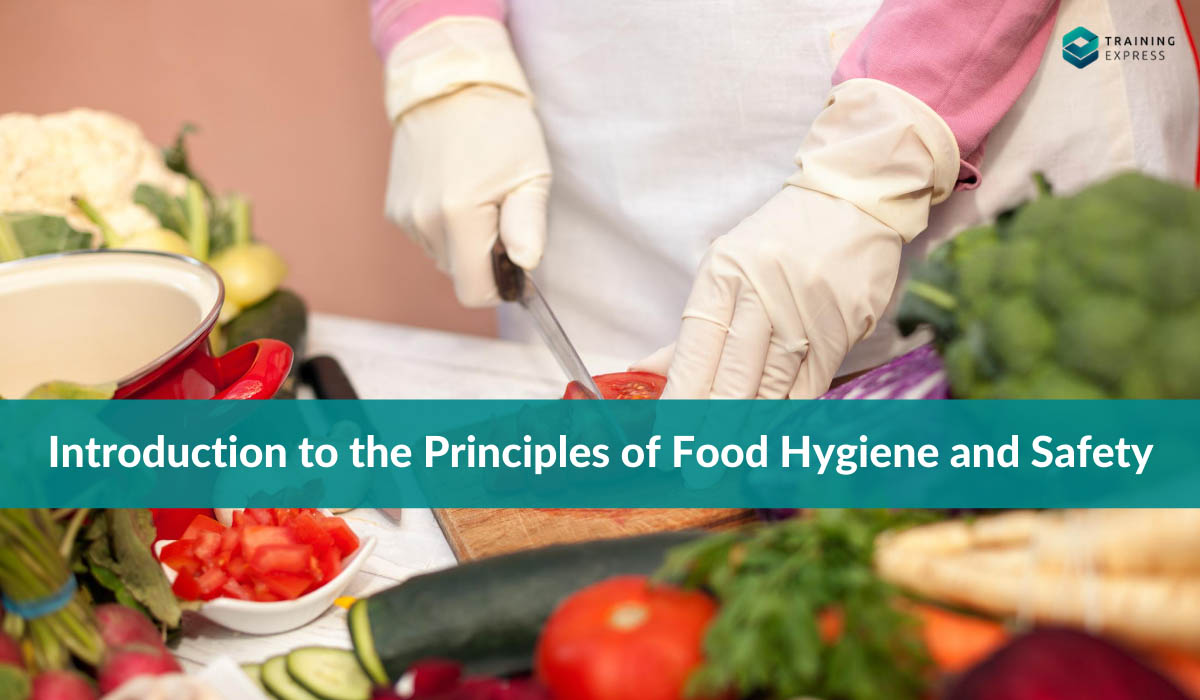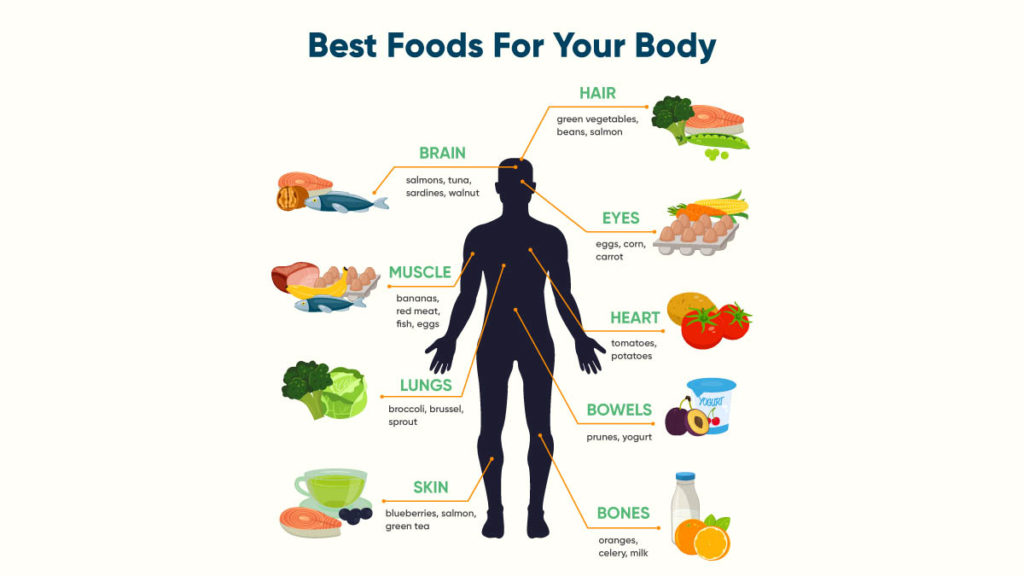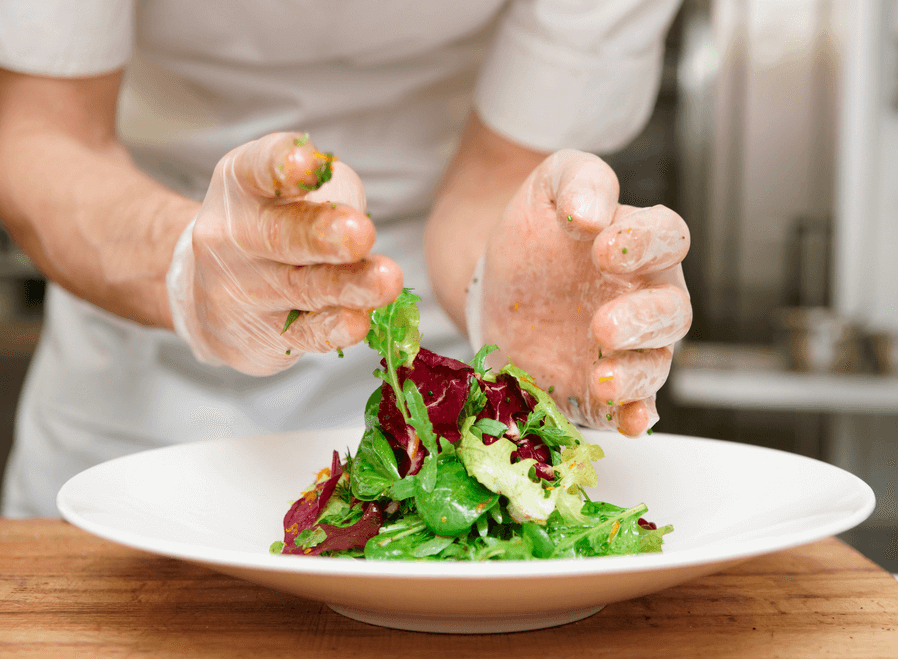

We live by principles. From sunshine to bedtime, everyone lives by rules. But health is our first priority and food is an inevitable raw material to live. But don’t get used to anything that names itself as food. According to WHO, Principles of Food Hygiene and Safety starts from production and ends in consumption. Anywhere in between, you may end up eating contaminated food. Really! Nobody wants that. I guess not you obviously! The principles of food hygiene and safety is going to change the way you see the food and handle it.
What is Food Hygiene and Safety?
Food Hygiene and Safety indicates standard slaughtering or harvesting, processing, storage, distribution, transportation and preparation. You have to maintain it so carefully that elements of food do not get contaminated. So food safety standards are must.
Food Safety Standards
WHO/FAO has put some food standards for its 188 member countries and one organization (EU). They assess the standards by scientific approach to analyse risk and direct advice from the governments.
Important Food Hygiene and Safety Principles
- Clean
Clean hands, environment, kitchen and the food itself. Washing hands is the prerequisite of all as cross contamination happens with hands.
- Separate
Separate the prepared food from raw food, rotten food from fresh food and more importantly clean food from dirty places.
- Cook and Chill
Cook and Chill seafoods, meat, poultry, and egg dishes at a minimum temperature to destroy harmful microorganisms.
- Specific Populations
Specific Populations are disturbed by some foodborne illness. Pregnant, OT patients, infants or aged people should take special precaution about food hygiene and safety.
How Good Food Benefits and Bad Food Destroys You!
Once you eat, your body digests the food with acids and enzymes in the stomach. Every food you eat is a carbohydrate and breaks down into glucose (the power generating element). When you eat food with less digestive elements (more likely to say FAT), your stomach can not break those down to glucose and you lack energy and fitness. Sometimes overeating a good food causes you stomach disturbance, but naturally unclean or undercooked food is the prime reason.
Preparation of Safe Food
According to the UK health Safety Executive, you have to ensure 4 factors and 10 actions within these factors to ensure food safety issues. You may not have all safe food and hygiene practices, but some are really necessary e.g. washing hands, cleaning food surfaces and containers, separating fresh food from rotten foods, properly cooked meat and eggs etc. This course is a pathway to your safe food preparation.

Food Hygiene Practices
Principles of Food Hygiene and safety refers to standard food quality maintenance. If you work at any stage of food production/harvesting, processing, packaging or engage in preparing the food to eat by yourself, you must practice the food hygiene factors to stay safe or keep your consumers safe. Some of the hygiene types are-
1. Biological Hygiene
Biological hygiene refers to bacterial and microorganisms prevention. Disease causing bacterias also known as ‘pathogens’ can grow in the foods between temperature danger zone (5ºC – 60ºC) when left open for too long. Water, milk, neutral pH foods are flagged as high risk food as they can be habitual for germs. Some bacterias (botulinum) can grow from a single cell to 2 millions in seven hours.
2. Chemical hygiene
Chemical hygiene refers to preventing contamination by chemicals. If you work at a food factory or in a kitchen, take care of your chemical products from food products.According to Food Standards Agency, Common sources of chemical contamination in a professional kitchen includes-
- Kitchen cleaning agents
Never keep food stored in the same place as your cleaning chemicals, and always use cleaning products designed especially for kitchen use.
- Unwashed fruits and vegetables
Pesticides and fungicides on fruits and vegetables can be harmful if ingested, so it’s important to properly wash all fruits and vegetables before preparing them.
- Food containers made from non-safe plastics
Single-use items like plastic containers are not designed to be reused again and again. Always store food in containers that are specially designed for reuse.
- Pest control products
Pest control products are extremely hazardous. Always store these products away from food items and never use these products in areas where food is being prepared.
- Kitchen equipment
Equipment with moving parts, such as slicers and mixers, may need regular oiling. Always use food-safe oil to prevent chemical residues from contaminating food.
Cross hygiene
It refers to preventing transfer of contaminants from a surface, object or person to food. There are many ways of happening this. Some of them could be
1. Clothing
Clothes with dirt can transport bacteria. If it is possible, try to use different clothes for different purposes. You should also thoroughly wash your face and hands. This is especially important when working with high-risk foods or when preparing allergen-free meals.
2. Utensils
Different utensils should be used to prepare different types of foods. For example, you should never use the same chopping board or knife to prepare raw meat and ready to eat foods.
3. Food Handlers
Coughing, sneezing or even touching your face or hair before handling food can cause cross-contamination. Washing hands regularly when handling food is essential.
4. Pests
Flies, cockroaches, rontent and birds carry harmful bacteria, which can contaminate the food. Pest control is vitally important in the workplace when it comes to preventing cross-contamination.
5. Raw food storage
Cross-contamination frequently occurs when raw food comes into contact with cooked or ready-to-eat food. If this happens, it’s fair to assume the cooked or ready-to-eat food has become contaminated. Raw food should always be covered and stored below ready-to-eat food in the refrigerator to prevent this type of contamination.
6. Waste control
Don’t throw your garbage box, rather seal it to prevent cross-contamination. It should always be stored away from other items in the kitchen to ensure it never comes into contact with food during preparation. Regular cleaning and sanitising of waste bins should also be carried out to minimise the risk of pest infestation.
The Cost Effective Food Hygiene/Food Safety Measures
You can easily maintain the principles of food hygiene and safety without expending too much by three simple steps:
- Personal training e.g. clean hands, dress, no-smoking, short nails, head caps etc.
- Proper food preserving and producing techniques
- Premise of your work should be free of dirt and contaminating insects (cockroaches, rats, geckos etc.)
Principles of Food Hygiene and Safety for Kids
Kids are not immune to bacteria like adults. So they tend to suffer from food poisoning more than others even from regular foods sometimes. Teas, energy drinks, spice can harm a child more than anyone. You have to know the ins and outs of Food hygiene for everyone that concerns you. You should take some extra care to ensure kids’ food hygiene and safety.
Closing Note
The best way to achieve food hygiene and safety in a food business is through food safety training and education. Food Handlers and operators must be trained in basic food safety concepts and practical skills. You have to cook your food in safe cooking temperatures. Always store your potentially hazardous food/ high risk foods in the proper manner. Never compromise effective cleaning and sanitising techniques and personal hygiene responsibilities with regard to food safety.
- Available Courses
- Career Bundles72
- Animal care5
- Law8
- Quality Licence Scheme Endorsed111
- Teaching13
- Teaching & Academics Primary27
- Accounting & Finance Primary30
- Training3
- Design9
- IT & Software43
- Healthcare125
- Marketing31
- Health and Safety400
- Construction48
- Electronics25
- Hospitality22
- Health and Social Care219
- Child Psychology37
- Management373
- Business Skills268
- First Aid70
- Employability264
- Safeguarding75
- Food Hygiene103
- Personal Development1276
 Food Hygiene
Food Hygiene Health & Safety
Health & Safety Safeguarding
Safeguarding First Aid
First Aid Business Skills
Business Skills Personal Development
Personal Development













